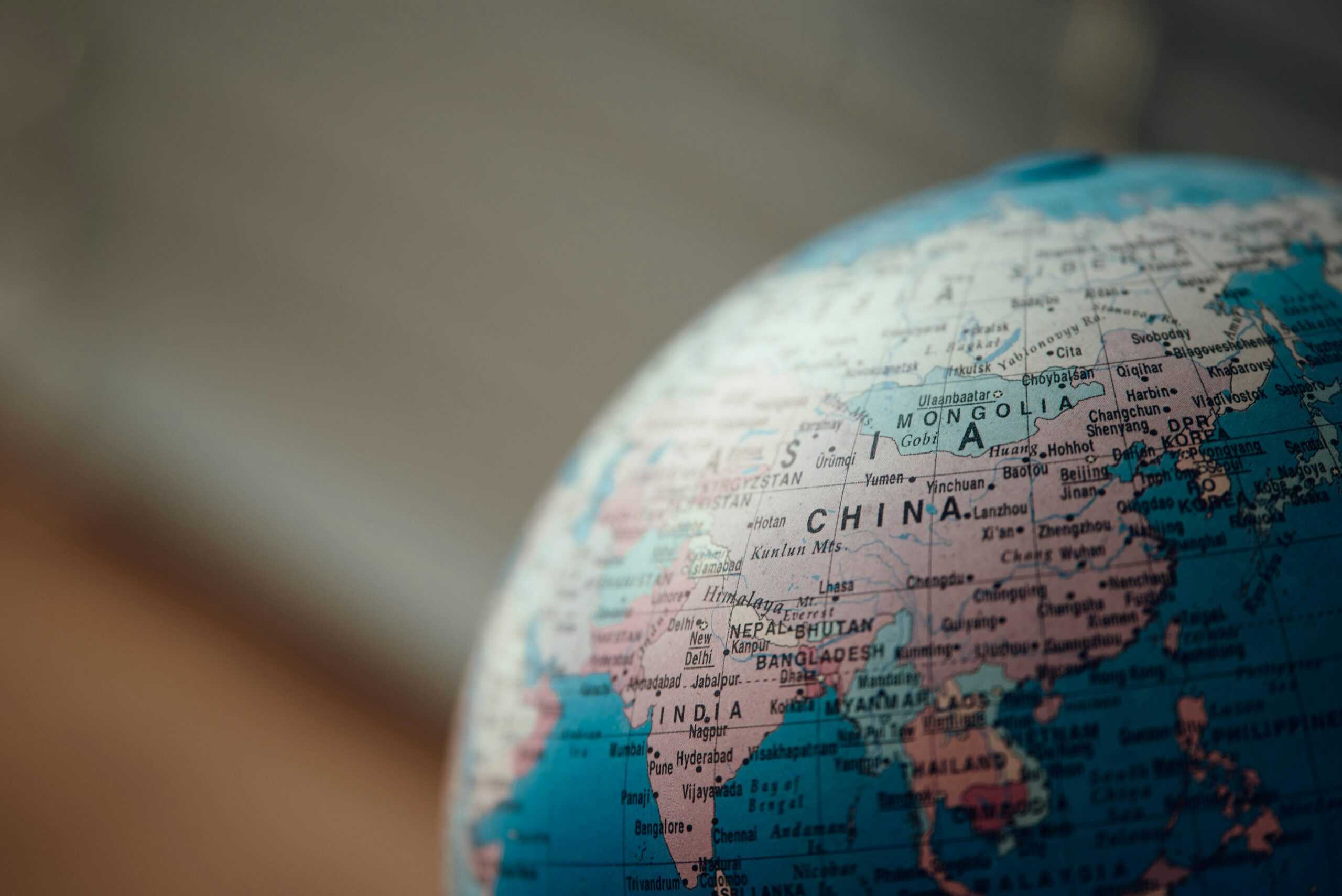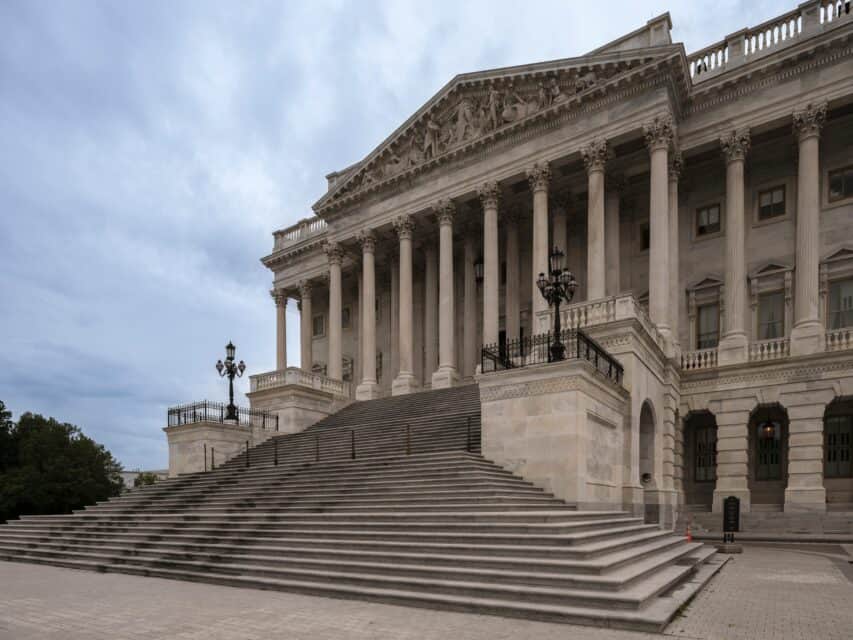The two neighbouring countries, which saw their bilateral trade volume reach USD$136.2 billion last year, have been in the midst of diplomatic tensions since 2020 due to issues with border clashes, a ban on Chinese apps, restrictions on Chinese investment and India’s increasing proximity to the West.
Amidst the tensions, India is resisting calls from China to restart direct passenger flights after a four-year haitus since the Covid pandemic, as per a report by Reuters.
The ban, which is expected to remain until India and China resolve their long-standing border dispute, has impacted several Indian students who are studying in China or are planning to study in the country.
Sania Yadav, a medical student at Ningbo University, told The PIE News about her ordeal of reaching China through a connecting flight as she had to join her classes in March.
“I had to travel through a connecting Cathay Pacific flight on a Delhi-Kolkata-Singapore-China route, which was very costly. A round-trip ticket costs around INR 70,000 (£661), while one-way tickets for such a journey could go upto INR 36,000 (£340)” said Yadav.
“Flights directly from Delhi to Singapore and then to China are more expensive. This could also become a problem for many of us who want to return to India during vacations.”
Malaysia, where travellers can take connecting flights from India, has offered visa-free travel to Indians since December 2023. Even so, some China-bound students are also worried about the concerning stories they have heard about long-haul flights.
“The travel is pretty inconvenient since it could take up to 12 hours to reach China if things go smoothly. Apart from the humongous cost, I have heard horror stories of my seniors not being able to eat or sleep properly during the trip.
“There used to be direct flights from Delhi to Guangzhou, which used to be more convenient and cheaper for us students,” said Jaseem Subair, who was admitted to Southeast University.
With direct flights between India and China peaking at 539 scheduled flights during the month of December in 2019, before the onset of Covid, according to aviation analytics firm Cirium, Chinese officials are pulling all stops to convince Indian authorities.
There used to be direct flights from Delhi to Guangzhou, which used to be more convenient and cheaper for us students.
Jaseem Subair, student
“Our officials in India are positive about the resumption of flights through discussions with Indian authorities. Back in 2022, there was some progress about starting Mumbai-Guangzhou flights but it was eventually cancelled. We are hoping for a quick resolution,” said a Chinese official with the Consulate General of China in Mumbai, on the condition of anonymity.
Lack of direct air travel between India and China is not the only factor contributing to dwindling student numbers from the former, with just 8,000-10,000 Indian students now studying in China.
The Foreign Medical Graduate Licentiate regulations, released by India’s medical education body the National Medical Commission in November 2021, require registration with the country’s medical regulatory body from those who have studied abroad – even if they are Indian nationals.
This has resulted in many students turning away from China due to the country’s own stringent rules concerning practicing licences for international medical students.
“There are a lot of steps that students have to follow to gain a medical practitioner licence in China. For one, there’s a language barrier and students have to pass a language proficiency exam,” said Rachita Kumar, a fifth-year medical student at Shandong University. “There’s also another exam for foreign medical graduates which students need to clear before even thinking of registration.”
Though students such as Kumar, who enrolled in Chinese universities before November 18, 2021, don’t have to worry about the changes, others are now having to look at alternative destinations.
“Many of my friends studied in China but I had to look for other options due to NMC’s new rules regarding foreign medical graduates.
“Some of the students who came back to India were asked to do two [to] three years of unpaid internship in India because certain semesters back in China were online, which is not approved by NMC even though it’s allowed in India’s medical colleges,” said Reeba Khan, another student who is now back in India.
Students have long criticised NMC’s policies towards FMGs, who pursue medical education abroad due to the higher costs of Indian private universities ranging from INR 40 lakhs to 55 lakhs (£37,000 to 52,000), and the often debated ‘quota system’.
Protests against NMC’s mandatory two- to three- year internship rule in India for FMGs led to the statutory body reducing the duration to a year but those who attended online classes abroad must still take physical onsite classes and pass exams equivalent to an MBBS in India.
With countries such as the Philippines allowing international medical students to register and practice in the country, and other Central Asian nations gaining prominence, medical education trends are witnessing significant changes in India.









